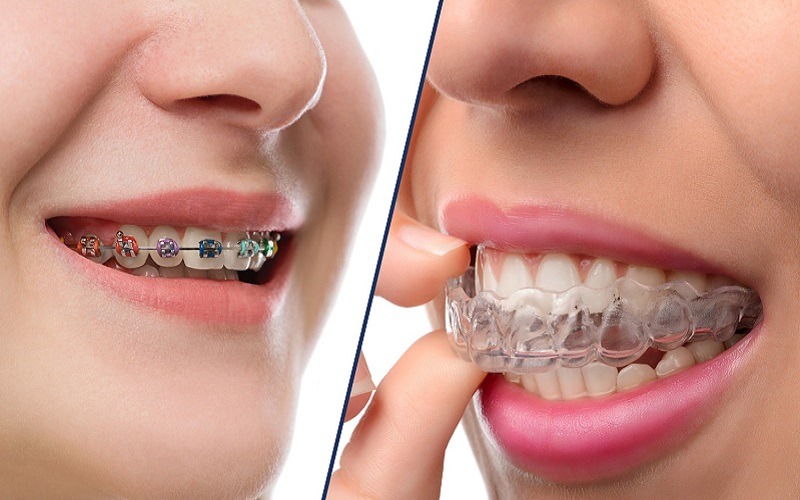
Invisalign vs. Braces
If your dentist recommends braces but offers two choices: traditional or Invisalign, then how do you know which is the best one for you? Both traditional braces and Invisalign have their pros and cons.
Traditional braces have metal brackets, wires, and rubber bands.
They are more discreet now than ever before and have a long history of success. Invisalign, on the other hand, has been around since 1999, but are nearly invisible and are customised for each person.
The Pros of Traditional Braces
Dentists say that traditional braces will work tirelessly to improve your smile. You wear them around the clock, and they are permanent until your dentist removes them. They are also exceptionally effective at fixing complex dental problems.
The Pros of Invisalign
Perth Invisalign experts dentalosogentle.com.au say there are many reasons why you may prefer Invisalign over more traditional braces. The first is how invisible they are. Even though traditional braces are now available in a ceramic material and look sleek to suit your smile, they stand out.
Invisalign, on the other hand, is nearly invisible.
You can also remove them at a moment’s notice to indulge in treats that you may not be able to have if you wear traditional braces. They are not suitable for complex dental problems, however.
If you need to fix back teeth or rotate teeth, then your dentist may recommend traditional braces instead.
What About Maintenance?
The brackets and wires of traditional braces can make maintenance a challenge. You have to avoid particular food and anything too hard to crunch. Because Invisalign is removable, you give up almost nothing.
You must take them out to drink beverages other than water, brush your teeth after every meal, and clean the aligners, but that’s it.
How Often Do I Have to See My Dentist?
There is minimal difference between traditional braces and Invisalign when it comes to dental visits. You will need a check-up at least every four to six weeks. If you have Invisalign, however, you will need to change your aligners at least every two weeks.
However, traditional braces have a little bit more room for error. If you knock something off or break something, you may need a few emergency visits, whereas Invisalign users would not.
How Do I Know Which Is Right For Me?
Until you see a dentist, you won’t know which will suit you better – Invisalign or traditional. Some serve a better purpose than others, depending on your problem. Talk to your dentist, get a check-up and x-rays, and they can establish the right path for correcting your dental issues.
Both Invisalign and traditional braces serve different purposes. Invisalign are more convenient than conventional in many cases, but traditional can tackle more complex problems. If you believe you need braces, talk to your local dentist today.
